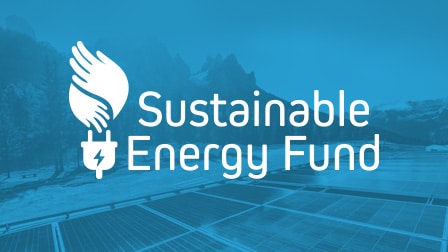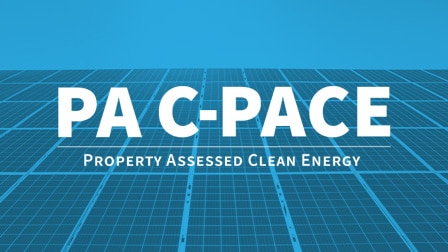Sustainable Energy Fund (SEF) is a 501(c)(3) organization dedicated to breaking down financial, educational, and regulatory...
» Read MoreThe 5 C’s of Creditworthiness
In our 20 years in business, SEF has provided funding in whole or in part for more than 100 million in energy efficiency and renewable energy projects. As a nonprofit, we are heavily focused on funding projects that promote our organizational mission; however, for every potential project we examine, there are many other factors that contribute to whether a project should move forward.
As with any financial institution, the path to determining whether we lend to a potential customer begins with the underwriting process, where customers are evaluated for financing. During this process, underwriters examine the 5 C’s of Creditworthiness: Character, Capacity, Capital, Collateral and Condition. These areas provide financial institutions with enough information to make an informed decision on whether to lend to a customer.
- Character: Character refers to the borrower’s history of repaying debt. It can also be called credit history. Information for the character of an individual can be found on a borrower’s personal credit report while the character for a business can be found on reports issued by business credit reporting agencies, such as Dun & Bradstreet report or Credit Safe..
- Capacity: Capacity measures a borrower’s ability to repay a loan, which is determined by the borrower’s Debt Service Coverage Ratio (DSCR). The lender finds the DSCR by dividing the borrower’s Earnings before Interest, Depreciation, and Amortization (EBITA) by their current maturities of long-term debt and interest expense. Lenders are typically looking for a DSCR of 1.2:1 or better, meaning that for every dollar of debt a potential borrower has, they must earn at least one dollar and twenty cents. Meeting this ratio or higher shows that the borrower has sufficient cash flow to cover debts and maintain a profit.
- Capital: Capital is the money that a potential borrower is willing to put down on the project. The more money a borrower is willing to put down, the less chance the financial institution has of the borrower not repaying the debt. A borrower who is unwilling to invest in their own project raises concerns to the financial institution about the stability of that project and the confidence the borrower has in the project’s success.
- Collateral: Collateral is what the borrower is using to secure the loan. Financial institutions will examine what is being offered as collateral and how strong the collateral is. The lower the loan to value is, the stronger the collateral is for the financial institutions. Loan to value is calculated by taking the loan amount and dividing it by the total cost of the project.
- Conditions: Conditions can refer to several areas for a financial institution. The financial institution can look at the condition of the customer’s business, how well the business is maintained, if the business is run-down or operated in a clean and orderly fashion, the condition of the industry, whether the market shows an upward or downward trend for the industry, the conditions of the loan itself, the terms of the loan, the interest rate, what the funds are being used for, etc. All these factors are taken into consideration when a financial institute is looking to offer a loan to a potential borrower.
We at SEF are passionate about helping customers achieve savings that will increase their bottom line. Now that you know what we are looking for when underwriting a project, you can be more prepared when applying. For more information on how we can help you, visit the financing page of our website.







